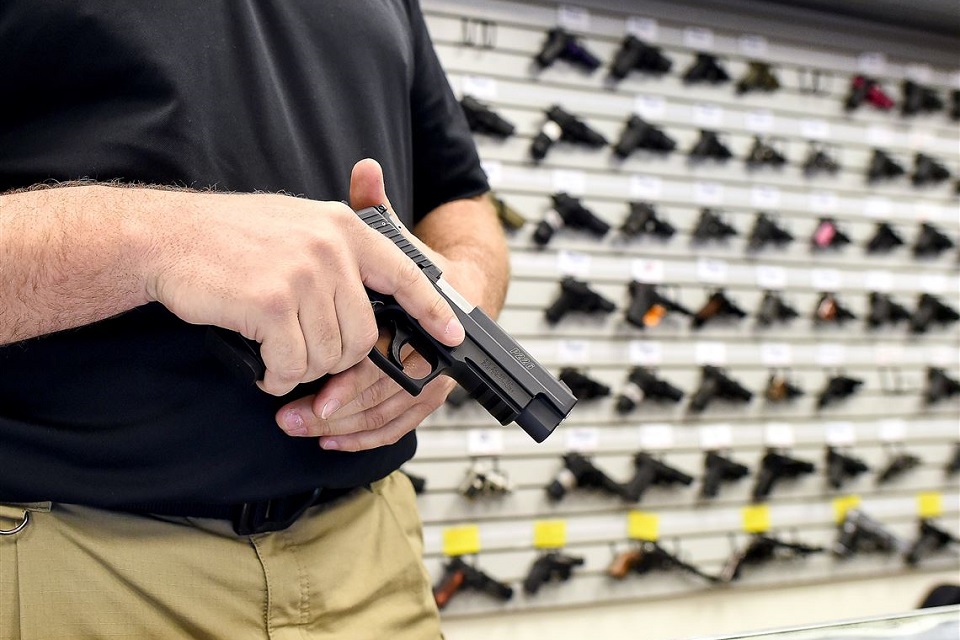Ensure you know the guidelines for safe gun handling and incorporate them into your daily activities. They will help you to avoid serious injury and harm. Always assume that a firearm is loaded, even if you are positive it is unloaded. A bump, jar or hand slip could cause the gun to discharge.
Treat All Guns As If They Are Loaded
Treating a firearm as if loaded, even when you know it is unloaded, creates a high safety buffer and encourages trigger discipline and muzzle control. It also enables a literal requirement that any gun you receive, whether from a friend or stranger, be opened and visually checked to ensure that the chamber, receiver and magazine do not contain ammunition. It’s also recommended to check if every part of the gun works properly. This simple habit can prevent many incidents from occurring. If it’s fm-9, there are factory parts online that you can buy in case it’s not working.
Even if the mechanical safety on a gun is in the “on” position, any blow or jar strong enough to actuate that safety can cause a bullet to discharge, especially if the weapon falls with sufficient force. Regardless of a gun’s safeties, you and your knowledge of the 4 Gun Safety Rules are its primary safeties. It means that you must always be aware of what’s behind your target and be sure that there is an adequate backstop such as water, a flat hard surface or something else that will stop a bullet should it fail to hit your intended target.
Maintain A Safe Aim With Your Gun
Every gun must always be pointed in a safe direction. It is the primary safety rule because unwanted discharges can cause serious injury or death. It means that you must be able to control where the muzzle or front end of the barrel is always pointed. It is particularly important when handling firearms or bows near other people. It also applies to loading, unloading, carrying and handling ammunition in poorly ventilated areas. Handing guns and operating ammunition in such conditions can expose you to lead and other substances known to cause congenital disabilities, reproductive harm, and serious physical injury. Before you pick up a gun or bow, you must ensure that it is unloaded by opening the action and visually checking for ammunition. It is especially important when handling a weapon in the company of children or anyone needing help understanding the fundamental rules of safe handling.
Keep Your Finger Off The Trigger
Guns have very powerful triggers, and the shooter must keep their finger off them unless they are prepared to fire. At ADTA events, you will hear us ask the participant to index their trigger finger, keeping it straight and outside of the trigger guard and resting flat alongside the body of the firearm. It is a good position to maintain throughout all administrative actions, such as picking up the gun, loading it, reloading, fixing malfunctions and unloading. Only when the sights are on target, and you are ready to shoot should your finger be moved from its indexed position onto the trigger. It is one of the most important gun-handling rules people must always learn and adhere to. It is especially true in the home where children may be present or if the adults have grown up and left the house, but a niece, nephew, friend’s child or neighbor might visit.
Know Your Target
Aim your weapon in a safe direction, and never point the muzzle at something you aren’t willing to destroy. Some ammunition can travel long distances, even after hitting your target; a pass-through can injure people, domestic animals, or property beyond the target area. Make gun safety rules a natural habit by practicing them every time you handle a firearm. ADTA encourages everyone to practice these principles at home, at the range, or during live-fire events, including those offered by our partner companies. Gun safety is the responsibility of every individual, whether you are a novice or an experienced shooter. Be sure to follow the rules and teach others about gun safety. The lives of people around you may depend on it.







No Comments